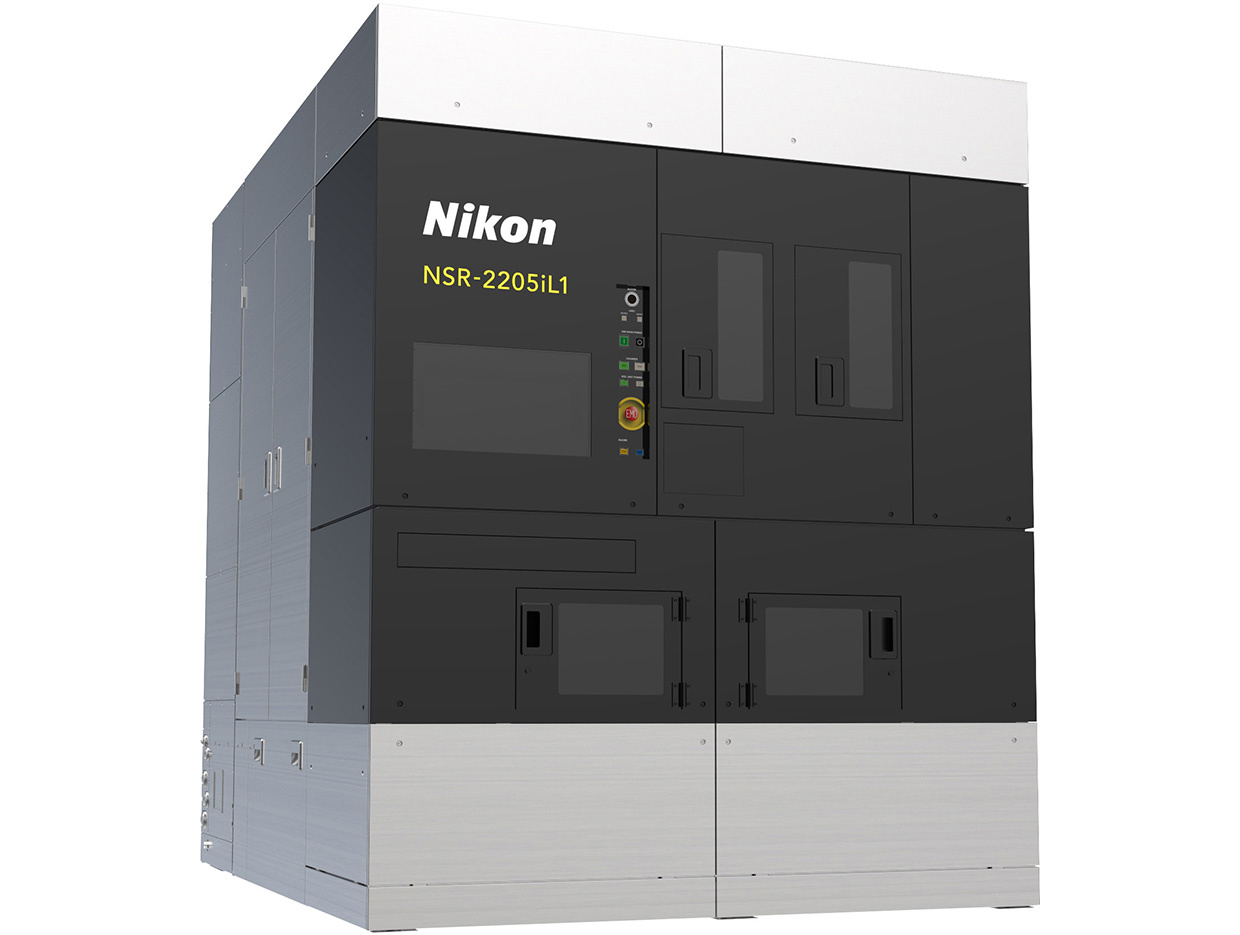According to news on September 6, Nikon announced the launch of a new generation of i-line stepper lithography machine "NSR-2205iL1" with a 5x reduced projection magnification, which is expected to be launched in the summer of 2024.

It is said that this lithography machine has a reduced projection amplification system, supports a variety of products such as power semiconductors, communication semiconductors and MEMS, and is highly compatible with Nikon's existing i-line exposure equipment; NSR-2205iL1 represents Nikon's 5x step The most significant update to advanced technology in the past twenty-five years will be a direct response to customer demand for these lithography systems that play an important role in chip manufacturing.
Nikon said that compared with existing Nikon i-line exposure systems, the NSR-2205iL1 has excellent economics and can optimize the production of various semiconductor devices regardless of wafer material.
Note from IT Home: This is the first time in 25 years (counting from the time the "NSR-2205i14E2" started receiving orders in 1999) that Nikon has launched a new i-line exposure system that reduces the projection magnification by 5 times.
The main parameters:


Nikon pointed out that with the popularity of electric vehicles, high-speed communications and various IT equipment, the demand for semiconductors that support these applications has increased exponentially. These semiconductors must perform a variety of challenging functions, so device manufacturers require specialized substrates and exposure systems to fabricate these chips.
In addition to expanding various functional options to meet the diverse needs of customers, this newly developed i-line lithography machine will also support long-term equipment production.
According to reports, the NSR-2205iL1 can provide various semiconductor manufacturing solutions based on high-precision wafer measurement through multiple advantages such as multi-point autofocus (AF), advanced wafer table flattening technology, and wide depth of focus range (DOF). The process provides high productivity and optimizes output levels. Additionally, due to its wafer thickness and size compatibility, high wafer warpage tolerance, and flexible features including but not limited to support for SiC (silicon carbide) and GaN (gallium nitride) processing, the NSR-2205iL1 i- line lithography machines are very suitable for various application scenarios. This lithography machine will provide excellent cost performance while meeting the diverse needs of chip manufacturers.
Previous article:Power semiconductors, what will happen in the future?
Next article:Mouser Electronics launches new e-book that dives deep into Analog Devices’ new technologies powering the digital factory
- Popular Resources
- Popular amplifiers
- Allegro MicroSystems Introduces Advanced Magnetic and Inductive Position Sensing Solutions at Electronica 2024
- Vietnam's chip packaging and testing business is growing, and supply-side fragmentation is splitting the market
- The US asked TSMC to restrict the export of high-end chips, and the Ministry of Commerce responded
- ASML predicts that its revenue in 2030 will exceed 457 billion yuan! Gross profit margin 56-60%
- ASML provides update on market opportunities at 2024 Investor Day
- It is reported that memory manufacturers are considering using flux-free bonding for HBM4 to further reduce the gap between layers
- Intel China officially releases 2023-2024 Corporate Social Responsibility Report
- Mouser Electronics and Analog Devices Launch New E-Book
- AMD launches second-generation Versal Premium series: FPGA industry's first to support CXL 3.1 and PCIe Gen 6
- LED chemical incompatibility test to see which chemicals LEDs can be used with
- Application of ARM9 hardware coprocessor on WinCE embedded motherboard
- What are the key points for selecting rotor flowmeter?
- LM317 high power charger circuit
- A brief analysis of Embest's application and development of embedded medical devices
- Single-phase RC protection circuit
- stm32 PVD programmable voltage monitor
- Introduction and measurement of edge trigger and level trigger of 51 single chip microcomputer
- Improved design of Linux system software shell protection technology
- What to do if the ABB robot protection device stops
- Allegro MicroSystems Introduces Advanced Magnetic and Inductive Position Sensing Solutions at Electronica 2024
- Car key in the left hand, liveness detection radar in the right hand, UWB is imperative for cars!
- After a decade of rapid development, domestic CIS has entered the market
- Aegis Dagger Battery + Thor EM-i Super Hybrid, Geely New Energy has thrown out two "king bombs"
- A brief discussion on functional safety - fault, error, and failure
- In the smart car 2.0 cycle, these core industry chains are facing major opportunities!
- The United States and Japan are developing new batteries. CATL faces challenges? How should China's new energy battery industry respond?
- Murata launches high-precision 6-axis inertial sensor for automobiles
- Ford patents pre-charge alarm to help save costs and respond to emergencies
- New real-time microcontroller system from Texas Instruments enables smarter processing in automotive and industrial applications
- MSP430F5438 study notes FLAHS operation
- Wiring diagram of Hall current sensor
- TI's microcontroller I8669/I44445 (MCU) MSP430
- SystemVerilog and Functional Verification
- MATLAB and FPGA Implementation of Digital Filters (2nd Edition)
- [NXP Rapid IoT Review] SWD debug line lead-out
- The domestically produced CSM32RV20 is a low-power MCU chip based on the RISC-V core
- [Raspberry Pi 4B Review] + OPENCV Simple License Plate Location
- ! ! We are looking for supply chain managers, purchasing engineers, and production managers! !
- How to use CCS 9.3.0 Offline Resource Manager

 ICL7614DCSA-T
ICL7614DCSA-T















 京公网安备 11010802033920号
京公网安备 11010802033920号